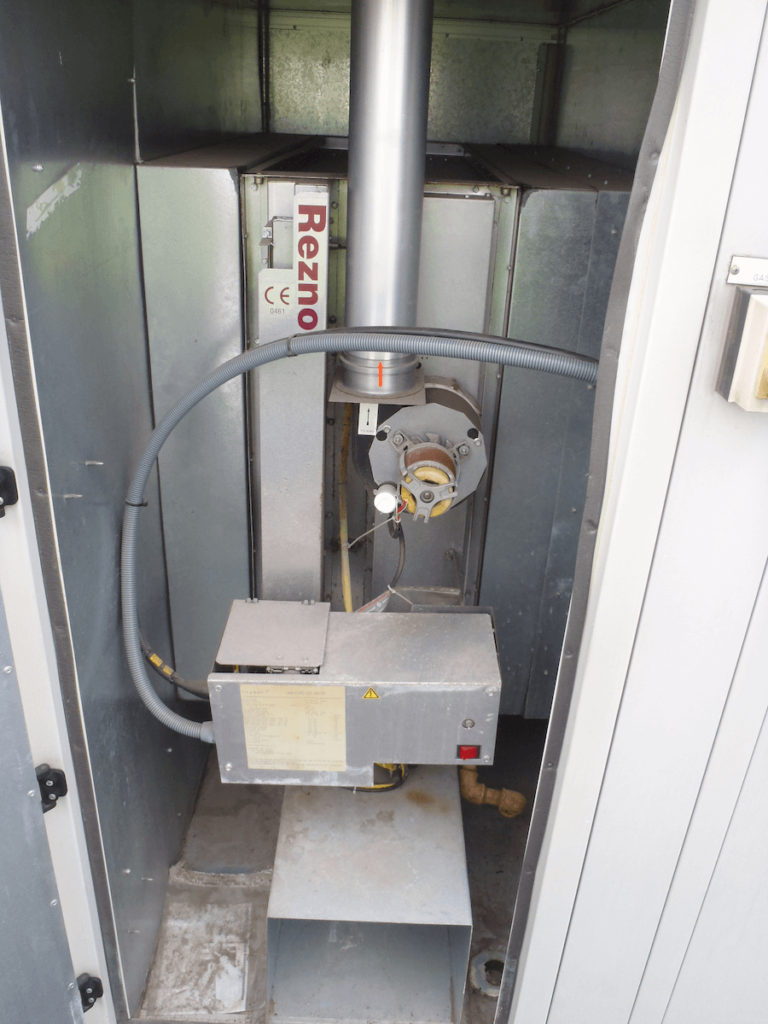We received an enquiry from the representatives of a large well known bottling plant in Kent to see if we could overcome a problem that they had with an overheated atmosphere on the factory floor.
When the factory was originally sized for heating the area was calculated and a bank of gas fired heaters were installed in the roof to keep the area warm. No account was taken for the numerous electric motors in the plant, along with the sterilisation equipment, label printing equipment, conveyor belts, etc, that were pumping heat into the factory space and kept the plant warm enough without the heating system being turned on. Whereas this produced a power saving bonus through the winter the air temperature in the plant during the summer period was uncomfortable.
We were called in to check the feasibility of of removing the gas fired heat exchangers and fitting chiller batteries into the space to blow chilled air into the plant. The plant had an artesian well with a constant supply of water at 13 degrees centigrade that was available and could be pumped to the factory roof level.
We measured the available fan motor C.F.M. and worked out the optimum water flow rate for best supply of chilled air through the air handling units. We reported our findings back to the company representatives along with our costings for supply and fit.
Shortly afterwards we were awarded an order to remove one of the gas air heater units and provide a chiller battery to fit in its place. We returned to the site to take final detailed measurements and draw up our method statement to complete the job. We liaised with the on site engineer with regard to the chilled water supply and left the site satisfied that we had all the necessary details to complete the project.
The chiller battery was manufactured and an appointment was made to return to the plant and fit it. We arrived early and set about the fitting. We had agreed to dismantle and dispose of the old gas fired heat exchanger. Modifications were made to the air handling unit ducting entry and the chiller battery was quickly fitted. A stainless steel supply was laid on with the chilled water by the site engineers and they tig welded the supply to the chiller unit that we had fitted. The system was charged and tested with an immediate draught of cooled air being noted in the factory.
Test equipment was fitted to the system to measure the efficiency and amount of cool air being pumped into the factory. This testing is set to continue for several weeks and when the test equipment returns are proven, the remaining 19 units will be converted by us using the same method.


